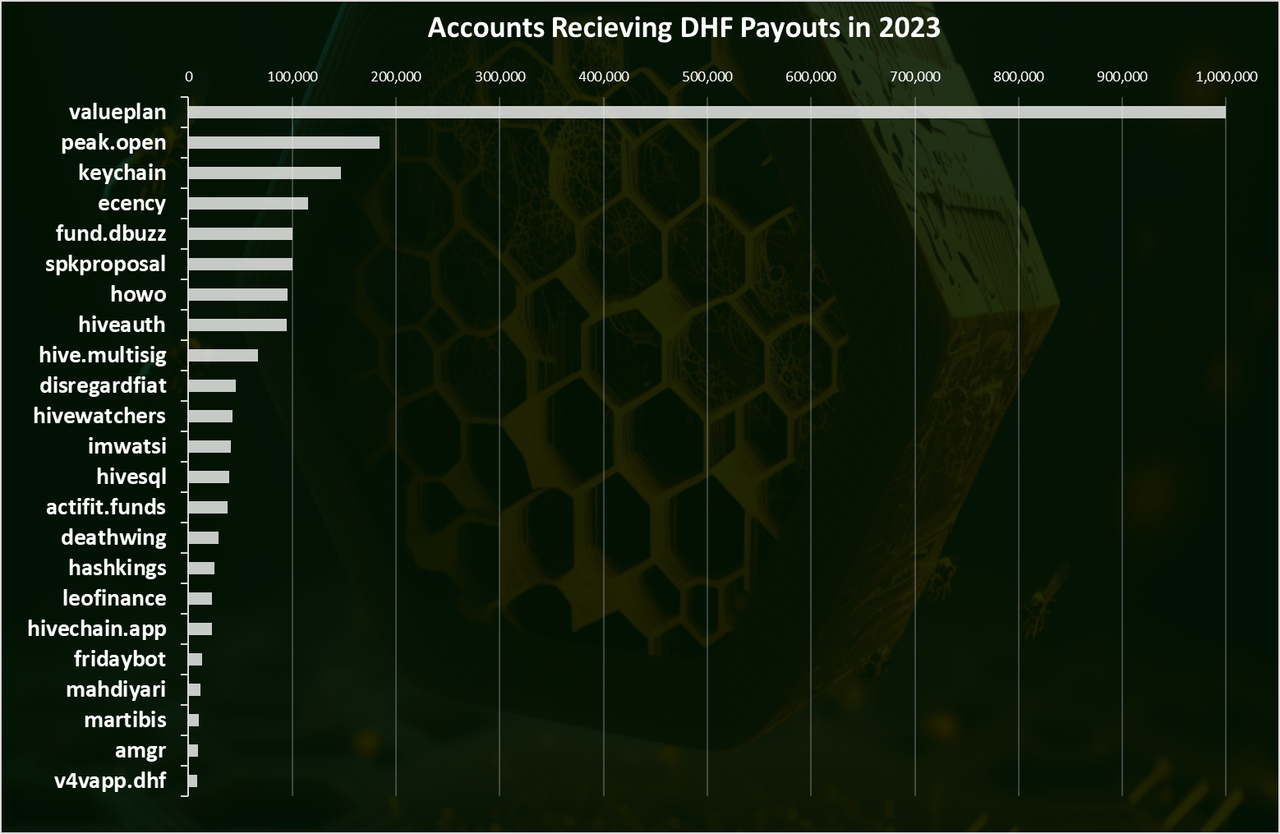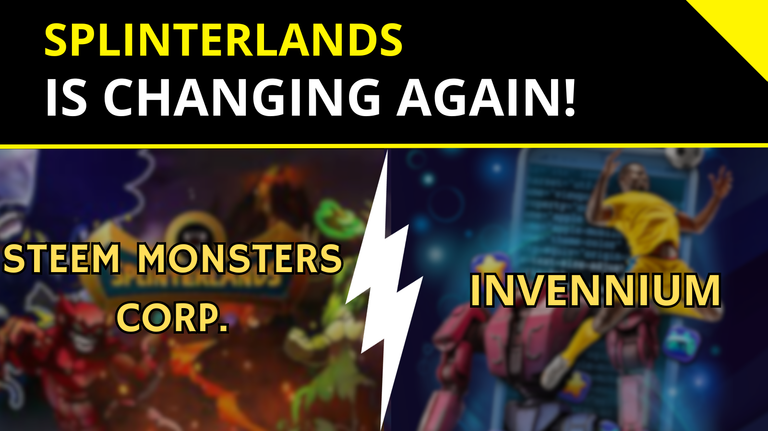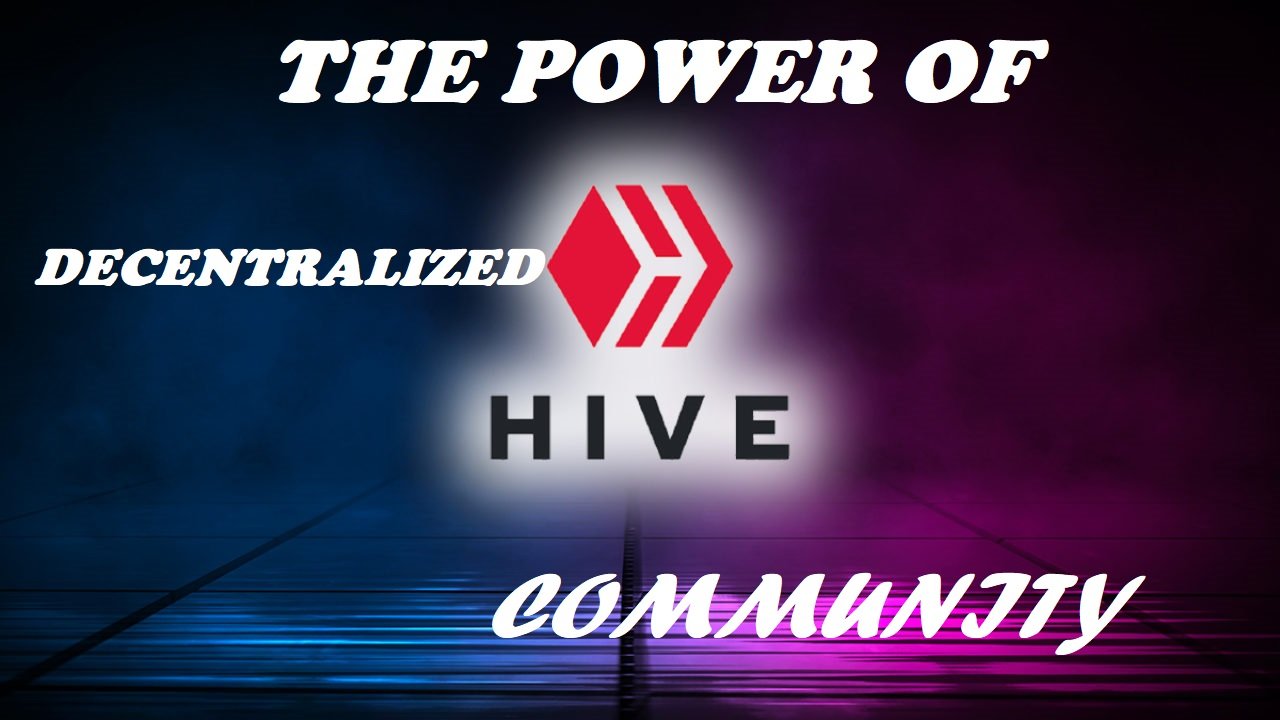
Background
Splinterlands, a blockchain-based trading card game, has made a proposal to be funded by the Decentralized Hive Fund (DHF). This has sparked a significant debate within the Hive community. While proponents of the proposal see it as a way to bolster the Hive ecosystem, there are various reasons why some members resist this funding initiative. Having followed the conversation between both sides of the issue, I will explore the main points of resistance and try to provide counterpoints to each argument, aiming to present a balanced view of the ongoing discussion.
Reason 1: Misalignment with DHF Objectives
Argument: Critics argue that the Splinterlands proposal does not align with the primary objectives of the DHF, which are to support projects that directly enhance the Hive ecosystem's infrastructure, development, and community growth. They believe that funding a commercial game may divert resources from projects that could have a more substantial impact on Hive’s core infrastructure and user base.
Counterpoint: Splinterlands, while a commercial game, has been a significant driver of user engagement and activity on the Hive blockchain. The game has brought new users to the Hive ecosystem, increasing the visibility and utility of the blockchain. By funding Splinterlands, the DHF would indirectly support the growth of Hive by retaining and attracting more users, thereby contributing to the ecosystem's overall health and expansion.

Reason 2: Financial Sustainability Concerns
Argument: Some members of the community are concerned about the financial sustainability of Splinterlands. They argue that if the game is not self-sustaining and relies on DHF funding, it could set a precedent for other projects to seek similar support, potentially leading to a strain on DHF resources.
Counterpoint: The DHF is designed to support projects that have the potential to enhance the Hive ecosystem. Splinterlands has shown substantial growth and has a robust user base, indicating its potential for long-term success. Furthermore, DHF funding could be structured with milestones and accountability measures to ensure that Splinterlands remains focused on achieving financial sustainability. This approach can mitigate the risk of long-term dependency on DHF resources.
Reason 3: Opportunity Cost
Argument: Opponents argue that allocating funds to Splinterlands could result in an opportunity cost, where other potentially more impactful projects might not receive the necessary funding. They contend that the DHF should prioritize projects that provide broad infrastructure improvements or innovations that benefit the entire Hive ecosystem.
Counterpoint: While it's true that funding one project means not funding another, Splinterlands has demonstrated tangible benefits to the Hive ecosystem. It has been instrumental in driving user engagement and blockchain utilization. By funding Splinterlands, the DHF can leverage its success to create a ripple effect, encouraging other developers to create projects that integrate with Hive. This could lead to a more diverse and vibrant ecosystem.

Reason 4: Commercial Nature of Splinterlands
Argument: Another point of resistance is the commercial nature of Splinterlands. Some community members feel that DHF funds should not be used to support for-profit ventures, as it could be seen as subsidizing private business interests with public funds meant for community development.
Counterpoint: The success of commercial ventures like Splinterlands can significantly benefit the Hive community. The game's popularity brings more users to the Hive blockchain, which can increase transaction volumes and generate more interest in Hive-based projects. Additionally, successful commercial projects can reinvest profits back into the ecosystem, fostering further growth and development. The key is to ensure that funded projects provide clear, measurable benefits to the Hive community.
Reason 5: Transparency and Accountability
Argument: There are concerns about the transparency and accountability of how Splinterlands would use the DHF funds. Critics argue that without stringent oversight, there is a risk that funds could be misused or not deliver the expected returns for the Hive community.
Counterpoint: Implementing a robust framework for transparency and accountability can address these concerns. The DHF could require detailed progress reports, regular updates, and measurable milestones from Splinterlands. Additionally, community voting on funding renewals could ensure that the project remains on track and delivers the promised benefits. This approach would provide a level of oversight that ensures responsible use of DHF resources.
Reason 6: Community Consensus
Argument: Some argue that there is a lack of broad community consensus on funding Splinterlands. They believe that without overwhelming support from the Hive community, such funding initiatives should not proceed, as they could cause division and dissatisfaction among stakeholders.
Counterpoint: Reaching full consensus on any funding proposal is challenging in a decentralized community. However, the DHF's voting mechanism is designed to gauge community support. If a proposal like Splinterlands garners sufficient votes to pass, it indicates a significant level of community backing. It is true that their are those within the HIVE community that have very powerful influence due to their HIVE stake (HP) when it comes to approving proposals to the DHF. Also many members of the HIVE blockchain have proxied their votes to popular personalities within the overall HIVE community. Engaging in open discussions and addressing concerns transparently can help build broader support and mitigate divisions.
My Conclusions
The debate over funding Splinterlands through the Decentralized Hive Fund highlights the complexities of resource allocation in a decentralized ecosystem based upon Delegated Proof of Stake (DPoS). While there are valid reasons for resistance, each argument can be countered with a perspective that underscores the potential benefits to the Hive community. The key lies in finding a balance that supports innovative projects like Splinterlands while ensuring that DHF resources are used judiciously to promote the overall health and growth of the Hive ecosystem. By fostering transparent dialogue and implementing robust oversight mechanisms, the community can make informed decisions that align with the long-term vision for Hive.
I personally have voted in favor of the proposal. I believe that HIVE is good for Splinterlands and Splinterlands is good for HIVE.
After reading this article, what are your thoughts? I would love to read them in the comments below.
